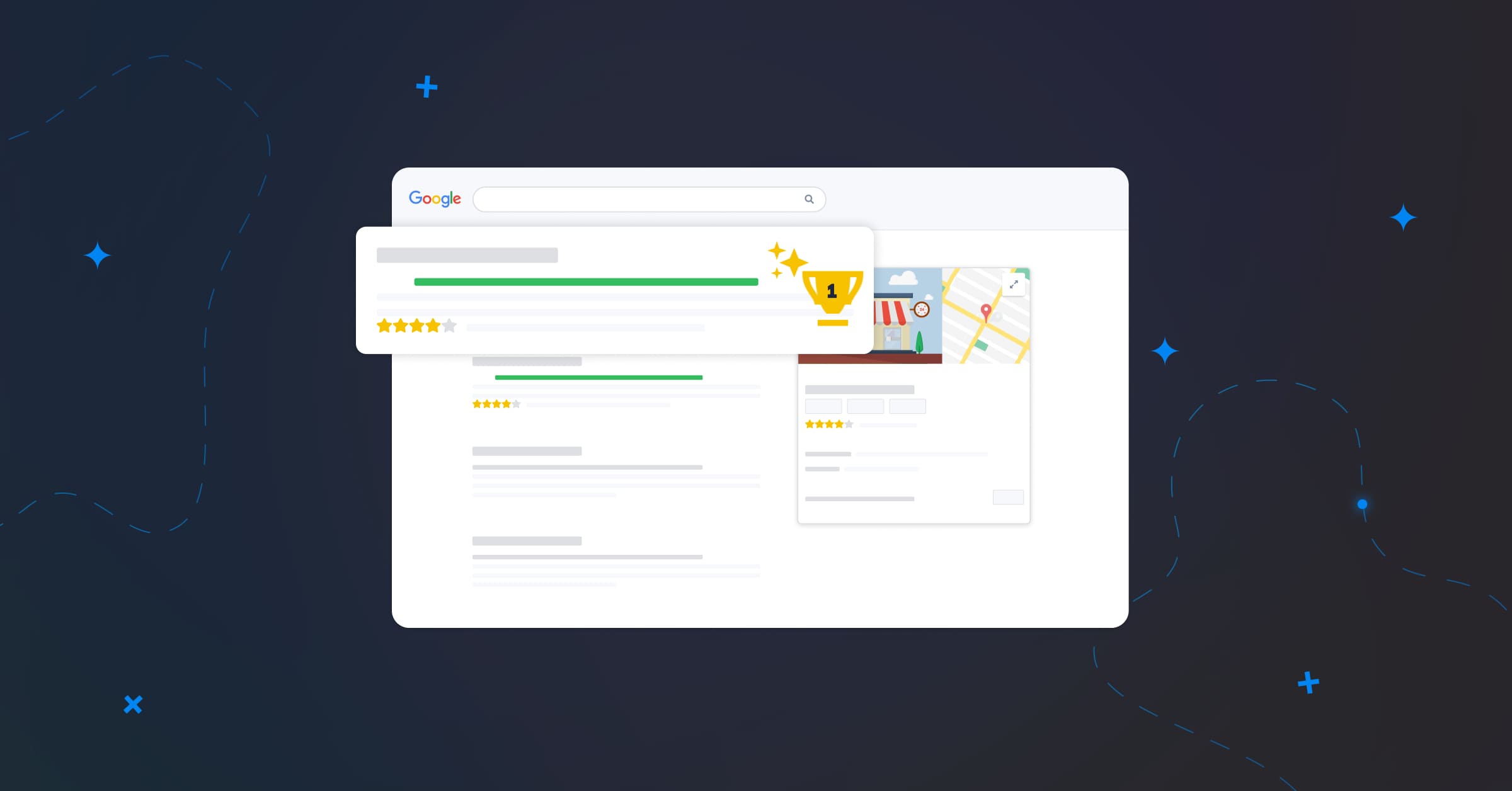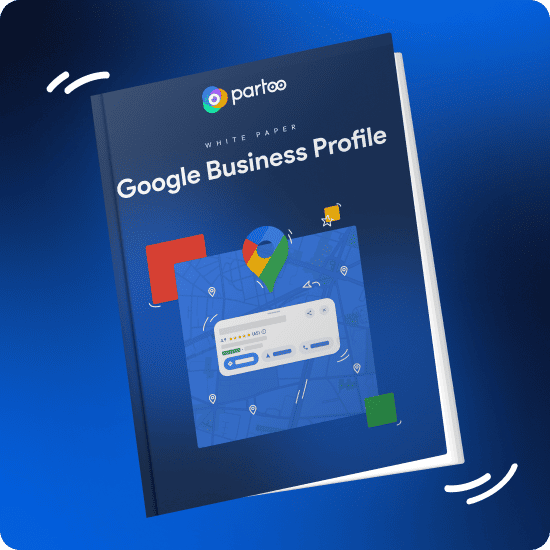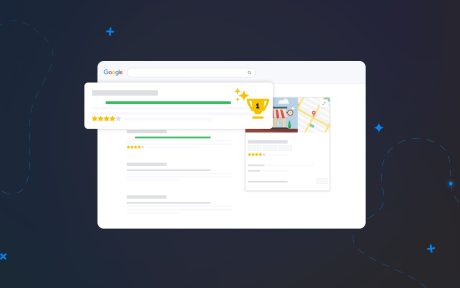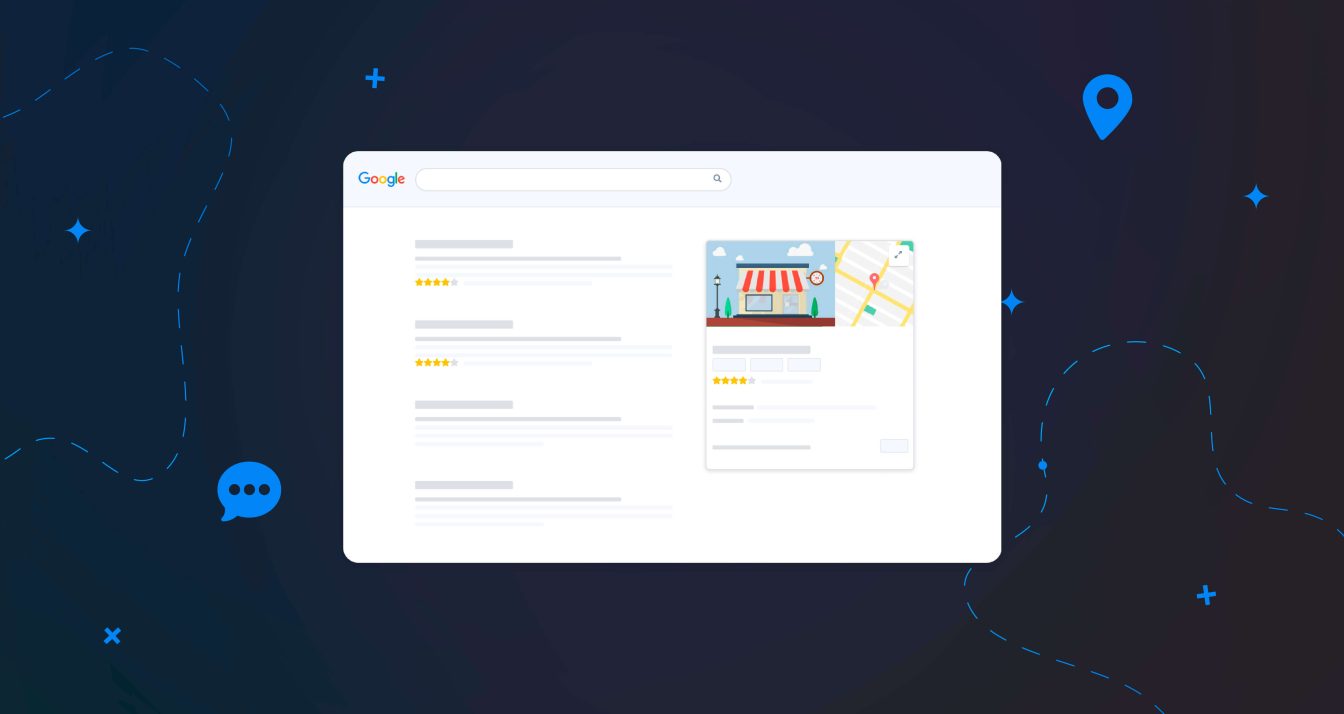Search Engines: How to Improve Your Online Ranking?

Table of contents
Online visibility is key to attracting more customers, particularly in your local area, and helping your business grow sustainably. Here’s everything you need to know about your business SEO – and how to improve it!
What Is SEO for a Business?
Simply put, your business’s SEO is its ranking in search engine results pages for specific keywords or search queries.
Take this example: if someone searches for “best pizza in Bristol”, the pizzerias that appear at the top of the Google results page are the ones with the strongest online visibility. And naturally, those top results tend to capture the majority of clicks and drive the most traffic to the website or the Google listing.
Did you know?
The top three search results typically receive the vast majority of user clicks. By contrast, businesses that appear on the second or third page of search results get far less attention – and therefore significantly less traffic.
The top three search results typically receive the vast majority of user clicks. By contrast, businesses that appear on the second or third page of search results get far less attention – and therefore significantly less traffic.
To understand how your business is performing online, start by putting yourself in your customers’ shoes. Search for your business name, location, or the products and services you offer on Google, and take a look at the results. Does your Google Business Profile (and website, if you have one) appear among the first results? Are you mentioned on directories, review platforms, or in articles? This simple search gives you an initial snapshot of your online presence.

To take things a step further, tools like Partoo allow you to analyse your visibility in greater detail: keywords you rank for, organic traffic, position trends, number of itinerary requests…
Assessing your SEO allows you to review your business’s digital footprint and identify strengths, weaknesses, and opportunities for improvement.
What Do We Mean by “Local SEO”?
Online visibility is especially important for businesses that rely on a local customer base – such as restaurants, retail stores, or service providers.
Local customers often turn to search engines to find businesses nearby, and it’s the ones with the strongest SEO that catch their attention. By ranking higher on search results, your business is far more likely to be found – and chosen – by potential customers. That’s what we call local SEO.
It helps boost your visibility, attract more traffic to your website, attract more traffic to your website, and ultimately grow your customer base and increase your revenue.
To improve your local SEO, you can optimise your Google listing and your website. This process is known as SEO, or Search Engine Optimisation.
To optimise a Google listing, start by making sure all key business information is complete, accurate, and up to date: business name, address, phone number, opening hours, website, categories… Then, add high-quality photos, respond to customer reviews regularly, post updates or offers via Google Posts, and use sector-specific attributes.
The richer, more active, and more consistent your listing is with your broader online presence, the more likely it is to be promoted in search results!
Rank Higher on Google: Optimise Your Listing
Discover the complete guide to Google Business Profile optimisation, featuring exclusive expert advice and actionable checklists to boost your local visibility.

GEO, The Future SEO?
Did you know?
Generative Engine Optimisation (GEO) is a new approach to SEO focused on optimising content for search engines powered by generative AI – such as Google’s AI Overviews.
Generative Engine Optimisation (GEO) is a new approach to SEO focused on optimising content for search engines powered by generative AI – such as Google’s AI Overviews.
How Does GEO Work?
GEO works by adapting web content to the new capabilities of search engines powered by generative AI.
Unlike traditional SEO, which aims to appear in the top ten blue links (or at the top of the local pack in case of local SEO), GEO focuses on positioning content as a source of information for the AI-generated responses provided by Google. These responses appear at the top of the SERPs – above the blue links, sponsored content, and Google listings.

These generative engines analyse large volumes of pages to create coherent and informative summaries, often without clicking on a single link. To maximise the chances of being featured in these responses, a website needs to offer content that is clear, well-structured, written in natural language, and above all, concise, verifiable, and relevant.
This also means directly addressing user search intent by anticipating the questions they’ll ask the AI. In short, GEO is no longer just about appealing to a ranking algorithm, but about convincing a generative AI that your content deserves a place in its summarised response.
| Traditional SEO | GEO (Generative Engine Optimisation) | |
| Objective | Rank first in the results | Be included in an AI-generated response |
| Result format | List of blue links | AI-generated summary |
| Targeted optimisation | Keywords, backlinks, meta tags | Relevance, natural language, structured data |
| Visibility | Clickable link | Citation or integration within AI-generated text |
How to Optimise Your Google Listing for GEO
Optimising your Google listing for GEO means ensuring the information it contains is clear, complete, and reliable, so it can be picked up by Google’s AI-generated responses, particularly in AI Overviews.
These new answers aim to summarise verified local data – such as opening hours, services, reviews, and specialities – to help users without necessarily directing them to a website.
As a result, a well-optimised listing can become a direct source of information for generative engines.
What does this actually involve?
- Filling in each field carefully: name, address, phone number, opening hours (including special holiday hours), website…
- Adding accurate, natural descriptions, while anticipating the types of questions users may ask the AI. For instance, if someone searches “which hair salon offers hair extensions in Canterbury?” and your description includes “we specialise in hair extensions in Canterbury”, there’s a high chance your profile will appear in the AI Overview.
- Regularly updating your photos, Google Posts, services and products, as AI favours up-to-date profiles that offer a variety of content formats.
- Using a good store locator (if you manage multiple locations): store locator pages typically include one page per location, structured tags (schema.org), and a clear page hierarchy. This makes it easier for Google’s AI to extract accurate, reliable information and feature it in AI Overviews.
In summary, a well-maintained Google Business Profile – connected to a well-built store locator – can directly feed into Google’s AI responses, particularly for local searches.
If you want to learn more about GEO, check out our webinar!
You are one click away from success
Want to easily develop your business through the Internet? It’s possible thanks to Partoo!
Learn from the best!
Download our 2025 barometer and discover which companies manage their online reputation the best, along with recommendations to enhance your business!
Continue reading ...
Subscribe to our newsletter
Receive our best articles and practical guides directly in your inbox every month




